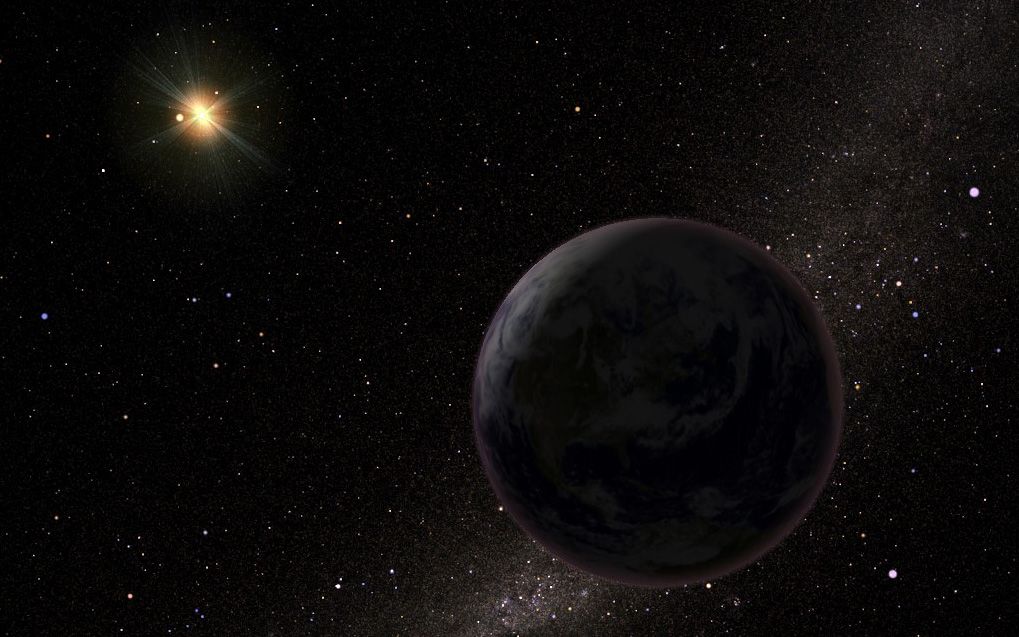
The fall equinox is today (Sept. 22), but for many it may feel like autumn has already arrived, with crisp weather in the Northeast and Pacific Northwest, apple picking signs at U-pick farms and pumpkin spice lattes at local coffee shops.
If it already feels like autumn in the Northern Hemisphere (and spring in the Southern Hemisphere), what exactly does the fall equinox mark?
On the fall equinox (which means "equal night" in Latin), the amount of daylight is nearly equal to the hours of darkness. The equinox happens for just a moment — this year, it takes place at 9:31 a.m. EDT (1:31 p.m. UTC) on Sept. 22, according to the National Weather Service (NWS). At this time, Earth's axis is tilted neither toward nor away from the sun, leading to an almost equal amount of sunlight and darkness at all latitudes, the NWS reported. People at the equator will notice that the sun is directly overhead at 12 p.m. local time.
Related: Autumn equinox: 5 odd facts about fall
The day and night aren't usually divided up so equally; because Earth has a 23.5-degree tilt, daylight is typically distributed unequally around the world, Live Science previously reported. From mid-March to mid-September, the Northern Hemisphere gets more sun than the Southern Hemisphere, but the rest of the year, the Southern Hemisphere receives more rays.
RELATED CONTENT
On the equinox, the "nearly" equal day and night happens because, as the sun dips below the horizon, its rays are refracted (bent) above the horizon, which makes it seem like daylight is lasting a little longer.
Going forward, nighttime hours will last longer than daylight in the Northern Hemisphere, as the sun follows a shorter arc across the sky each day, according to NASA. On the shortest day of the year, the winter solstice, (Dec. 21) the sun will travel its shortest arc of the year in the Northern Hemisphere.
Meanwhile, at the North Pole, the fall equinox heralds in a time of twilight as the sun sinks below the horizon. Come October, the North Pole will be shrouded in darkness until a few weeks before the spring equinox, which happens on March 20, 2021. Then, the sun will rise above the North Pole's horizon once more.
Originally published on Live Science.
tinyurlis.gdclck.ruulvis.netshrtco.de
مقالات مشابه
- المنت میله ای و کاربردهای آن در صنعت
- Coronavirus WA: بهره برداری دندانپزشک به اتهام عدم قرنطینه
- شرکت صادرات و واردات کالاهای مختلف از جمله کاشی و سرامیک و ارائه دهنده خدمات ترانزیت و بارگیری دریایی و ریلی و ترخیص کالا برای کشورهای مختلف از جمله روسیه و کشورهای حوزه cis و سایر نقاط جهان - بازرگانی علی قانعی
- خرید سیسمونی در اصفهان,قیمت یک سیسمونی معمولی,لیست سیسمونی ضروری
- شرکت صادرات و واردات کالاهای مختلف از جمله کاشی و سرامیک و ارائه دهنده خدمات ترانزیت و بارگیری دریایی و ریلی و ترخیص کالا برای کشورهای مختلف از جمله روسیه و کشورهای حوزه cis و سایر نقاط جهان - بازرگانی علی قانعی
- The EFT Movie Technique
- چرا اکثر مواد شیمیایی شکست می خورند
- شرکت صادرات و واردات کالاهای مختلف از جمله کاشی و سرامیک و ارائه دهنده خدمات ترانزیت و بارگیری دریایی و ریلی و ترخیص کالا برای کشورهای مختلف از جمله روسیه و کشورهای حوزه cis و سایر نقاط جهان - بازرگانی علی قانعی
- قربانیان حکومت نظامی فیلیپین پیشنهاد انتخاباتی مارکوس را به چالش می کشند - دیپلمات
- مهره مار هندی اصل شاه کبرا - قیمت مهره مار هندی اصل